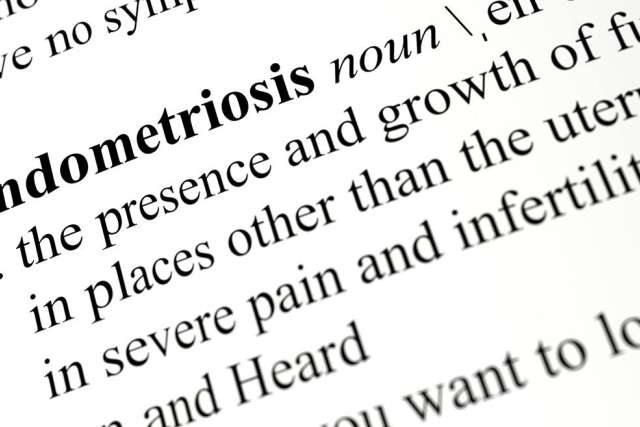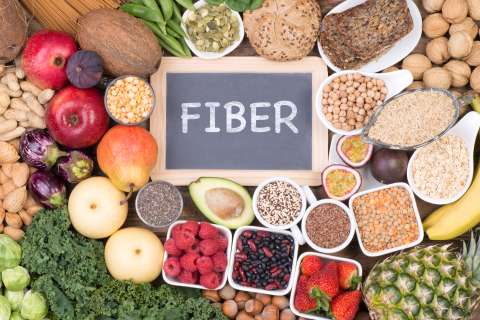Endometriosis is a condition where cells like those in uterine lining (the endometrium) grow and implant outside of the uterus. This often-painful condition is also a leading cause of infertility in women. OB/GYN and fertility specialist Kathleen Brennan, MD, offers her insights into endometriosis-related infertility and gives tips for safely navigating care during the COVID-19 pandemic.
The link between endometriosis and infertility
Endometrial cells can grow on or into the ovaries and fallopian tubes. They can also attach to other pelvic organs such as the bladder or intestines. Women with endometriosis may experience symptoms, including:
- Pain: Discomfort is often felt around the time of ovulation and menstruation or with intercourse.
- Stomach upset: Constipation, diarrhea and bloating can often occur around the time of menstruation.
- Bleeding: Heavy or irregular menstrual bleeding is common.
“Another common symptom of endometriosis is difficulty achieving pregnancy (infertility),” says Dr. Brennan. “Between 30% and 50% of women with infertility have endometriosis.”
Each month, as the endometrial tissue reacts to hormones, it can cause irritation and the formation of scar tissue (adhesions). The adhesions may make it harder to get pregnant.
Treatments for endometriosis-related infertility
“The only way to truly diagnose endometriosis is with laparoscopy, or minimally invasive surgery using a camera,” says Dr. Brennan. “But we typically don’t need to do that, because we have a lot of success in achieving pregnancy with fertility treatments. We have a full spectrum of options.”
Dr. Brennan says surgery is typically reserved for women who have severe pain or large endometriomas (endometriosis cysts larger than 4 centimeters) in the ovary.
Treatments for infertility due to endometriosis may include:
- Medical therapy: Using oral or injectable medicines to stimulate super-ovulation (making more than one egg develop in a cycle).
- Insemination: Introducing semen directly into the uterus, typically in combination with medical therapy.
- In vitro fertilization: Harvesting an egg and fertilizing it outside the body, then placing it into the uterus.
“We take all factors into consideration when determining when and where to start with treatment,” says Dr. Brennan. “The good news is that IVF is almost always an option for women who don’t achieve pregnancy with a less aggressive approach. And with IVF for endometriosis, pregnancy rates are very high — between 50% and 60% per transfer with a tested, chromosomally normal embryo.”
Infertility care and COVID
Reproductive endocrinologists such as Dr. Brennan define infertility as one year of regular unprotected intercourse without conception. However, Dr. Brennan recommends seeking treatment earlier based on age:
- Women age 34 and under who consistently time intercourse with ovulation for twelve months without achieving pregnancy.
- Women age 35 and over who have well-timed intercourse for six months without conceiving.
Women with irregular or infrequent cycles should seek treatment without delay if they wish to become pregnant.
“If you have been trying to conceive and haven’t been successful within these parameters, it’s really important to seek care,” says Dr. Brennan. “The earlier we can get started with treatments, the sooner we can help you achieve pregnancy.”
Dr. Brennan urges people to reach out, despite fears of COVID-19 transmission. Many providers have made changes to ensure patients’ health and safety, such as conducting telehealth visits for initial meetings to explore whether an in-person evaluation might be needed.
“With less travel and fewer obligations, many couples are trying to get pregnant,” says Dr. Brennan. “Rest assured, your doctor will work towards helping you achieve a healthy pregnancy.”
If you’ve been trying to get pregnant without success, contact your primary care provider. If you’re concerned you may have endometriosis, learn more at uclahealth.org/obgyn.




